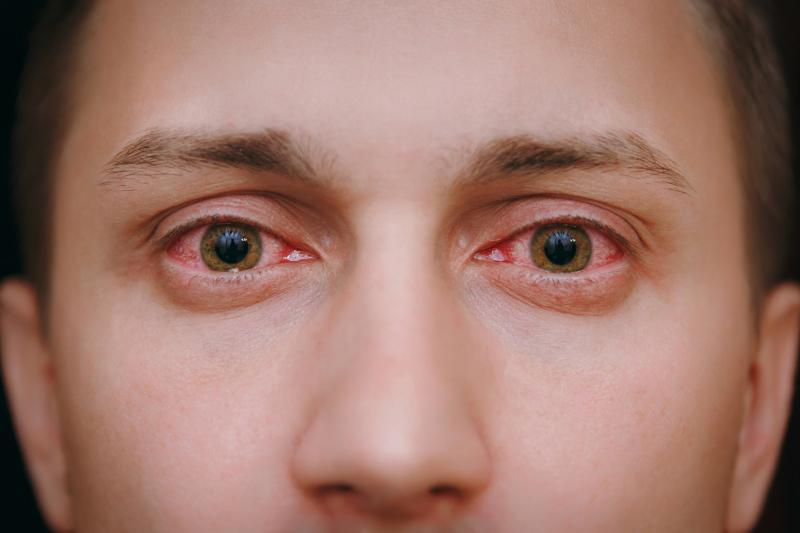
Use of biologic agents in eyes with refractory, active, noninfectious intermediate uveitis, posterior uveitis or panuveitis (NIPPU) is associated with satisfactory disease control, reduced use of systemic immunosuppression, stable visual acuity and a 23.7-percent risk of disease relapse, reveals a study.
Moreover, older age, treatment with adalimumab and inactive concomitant systemic disease correlate with a lower risk of treatment failure after multivariate adjustment.
Eighty-two patients, who were followed for a mean 4.7±0.4 years (724 eye-years), had active uveitis at baseline, and 34 (41.5 percent) showed a coexisting active systemic disease. Of the 156 eyes, 136 (87.2 percent) achieved control of ocular inflammation.
Average dose of oral prednisolone was 16.4±1.7 mg/day at baseline, which decreased to 6.5±0.7 mg/day at month 6 (p<0.0001), remaining stable through 5 years follow-up. At baseline, best-corrected visual acuity was 0.5±0.1 logarithm of the minimum angle of resolution (logMAR). This improved to 0.4±0.1 logMAR (p=0.008) at 3 months and remained stable during follow-up.
Nearly half of the eyes (42.3 percent) experienced flares after baseline, and the average number of flares decreased from 1.8±0.1 to 0.6±0.1 flares/year (p<0.0001). Median time to first flare was 5.4 years (95 percent confidence interval [CI], 2.2–5.4 years), with a 5-year survival rate of 58.7 percent.
Thirty-seven eyes (23.7 percent) failed treatment, with a 5-year survival rate of 68.0 percent and an estimate time to 75-percent survival of 2.9 years (95 percent CI, 2.1–4.4 years). The risk of treatment failure decreased when adalimumab was used (odds ratio [OR], 0.4, 95 percent CI, 0.2–0.9; p=0.03), but it increased when systemic disease was active at baseline (OR, 3.2, 95 percent CI, 1.5–7.1; p=0.004).
This retrospective, longitudinal study included 82 patients with active NIPPU who were treated with biologic agents after failure of treatment with corticosteroids and a second-line immunosuppression drug. Participants received treatment at Moorsfields Eye Hospital in the UK between 2001 and 2006. The investigators obtained data from the clinical notes of all patients.